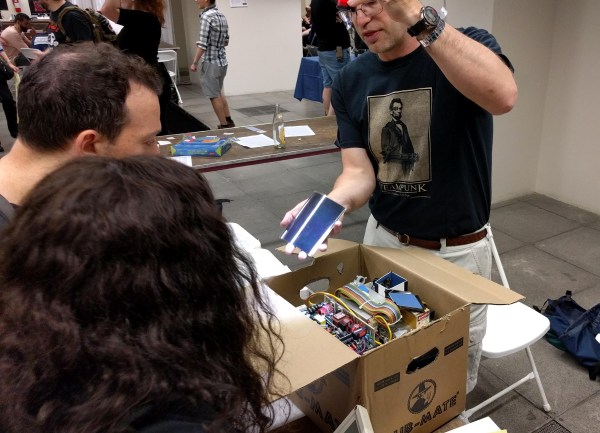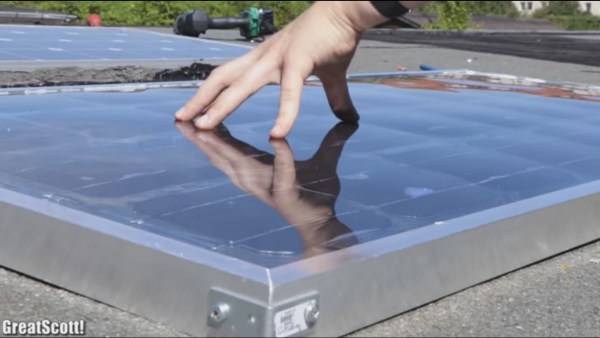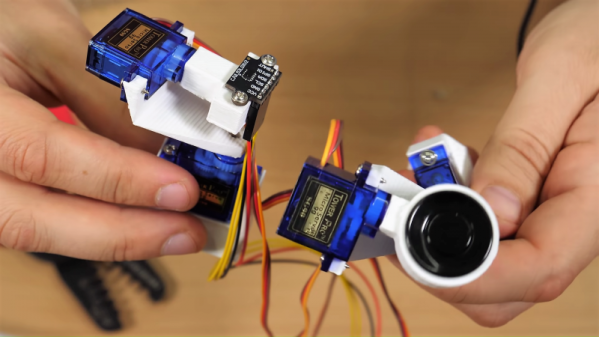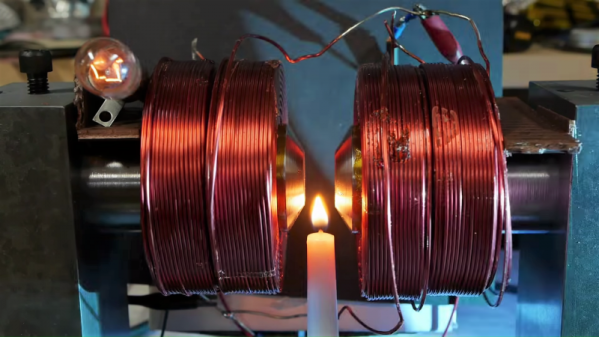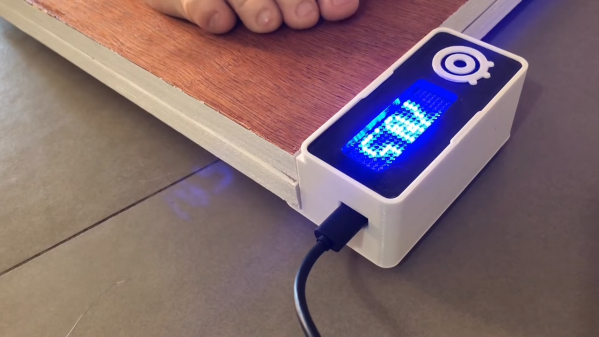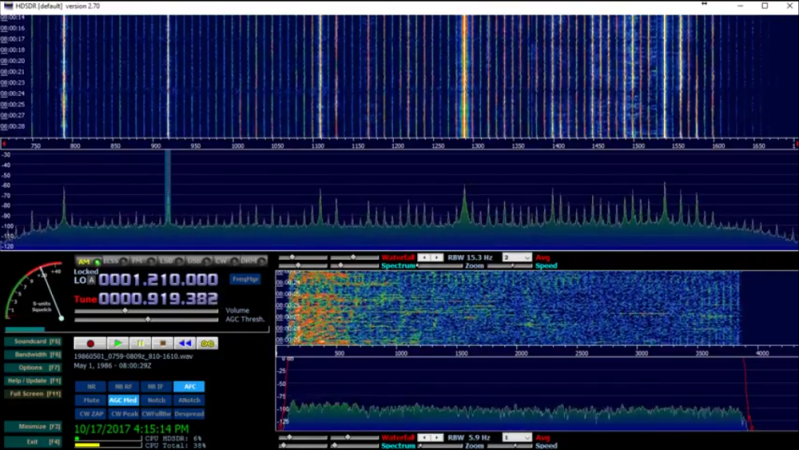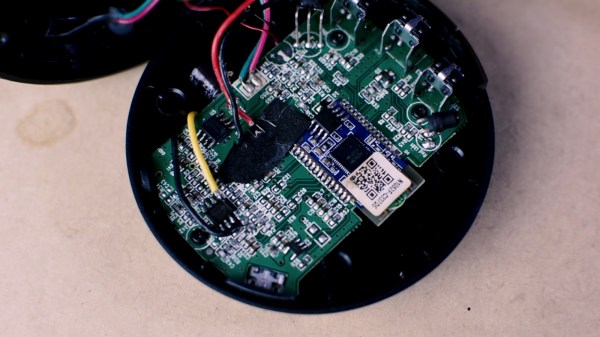Prior to this weekend I had assumed making holograms to be beyond the average hacker’s reach, either in skill or treasure. I was proven wrong by a Club-Mate box full of electronics, and an acrylic jig perched atop an automotive inner tube. At the Hope Conference, Tommy Johnson was sharing his hacker holography in a workshop that let a few lucky attendees make their own holograms on site!
The technique used here depends on interference patterns rather than beam splitting. A diffused laser beam is projected through holographic film onto the subject of the hologram — say a bouquet of flowers like in the video below. Photons from that beam reflect from the bouquet and pass back through the film a second time. Since light is a form of electromagnetic radiation that travels as a wave, anywhere that two peaks (one from the beam the other from the reflected light) align on the film, exposure occurs. With just a 1/2 second exposure the film is ready to be developed, and if everything went right you have created a hologram.
Simple, right? In theory, at least. In practice Tommy’s been doing this for nearly 30 years and has picked up numerous tips along the way. Let’s take a look at the hardware he brought for the workshop.

